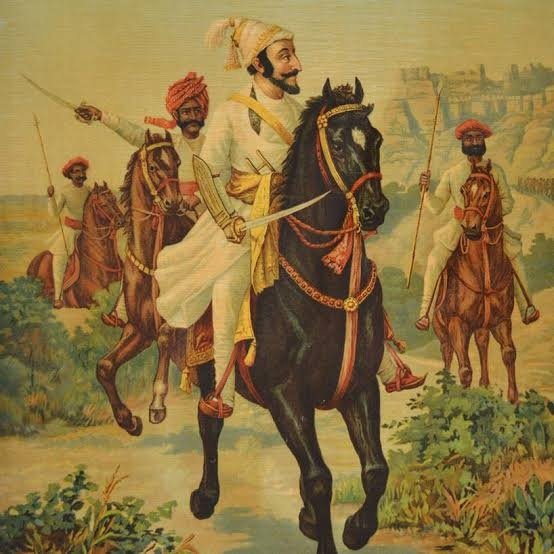Chhatrapati Shivaji Maharaj
(19 February 1630 - 3 April 1680)
(forever in our hearts)
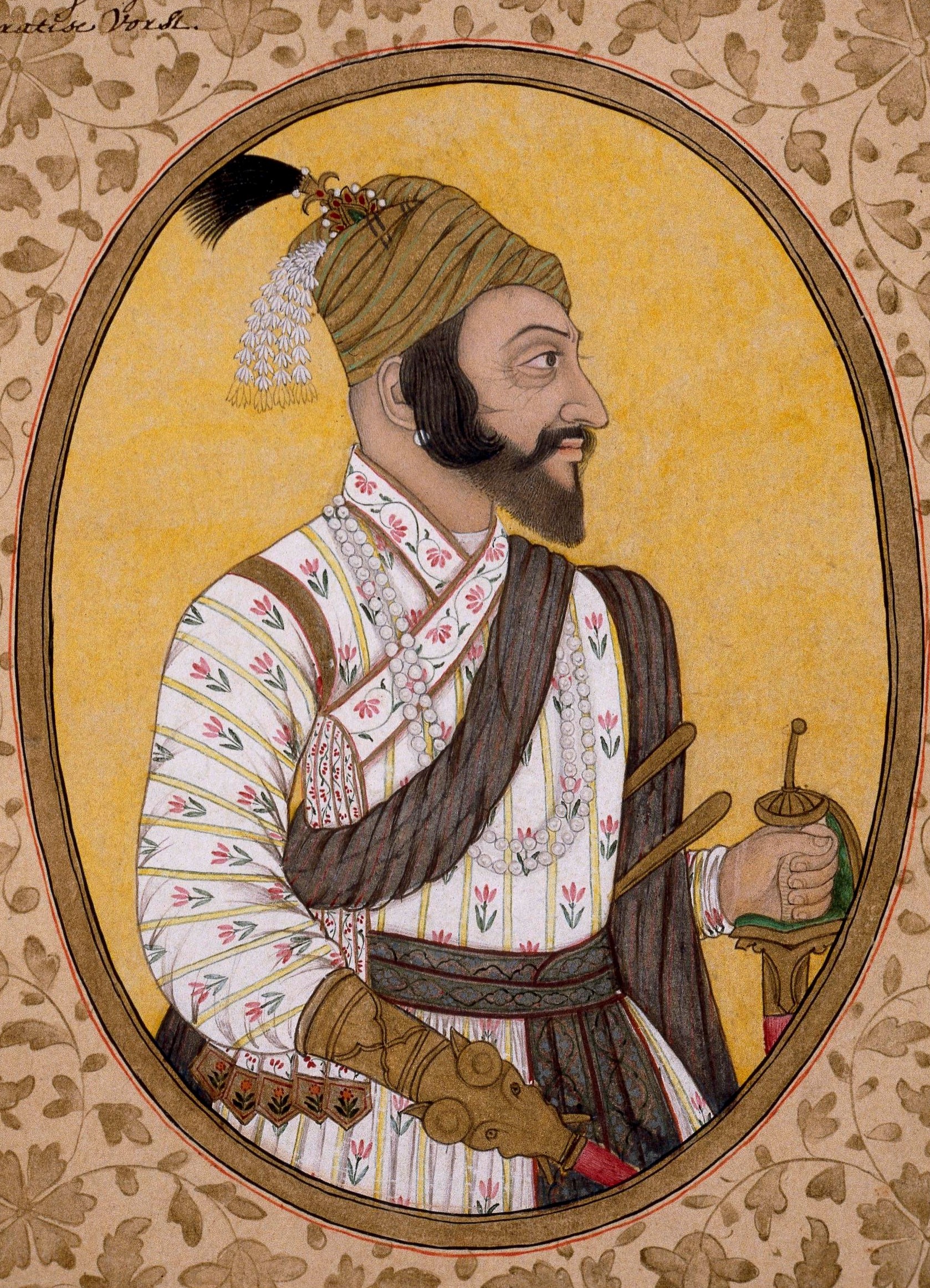
Life Events
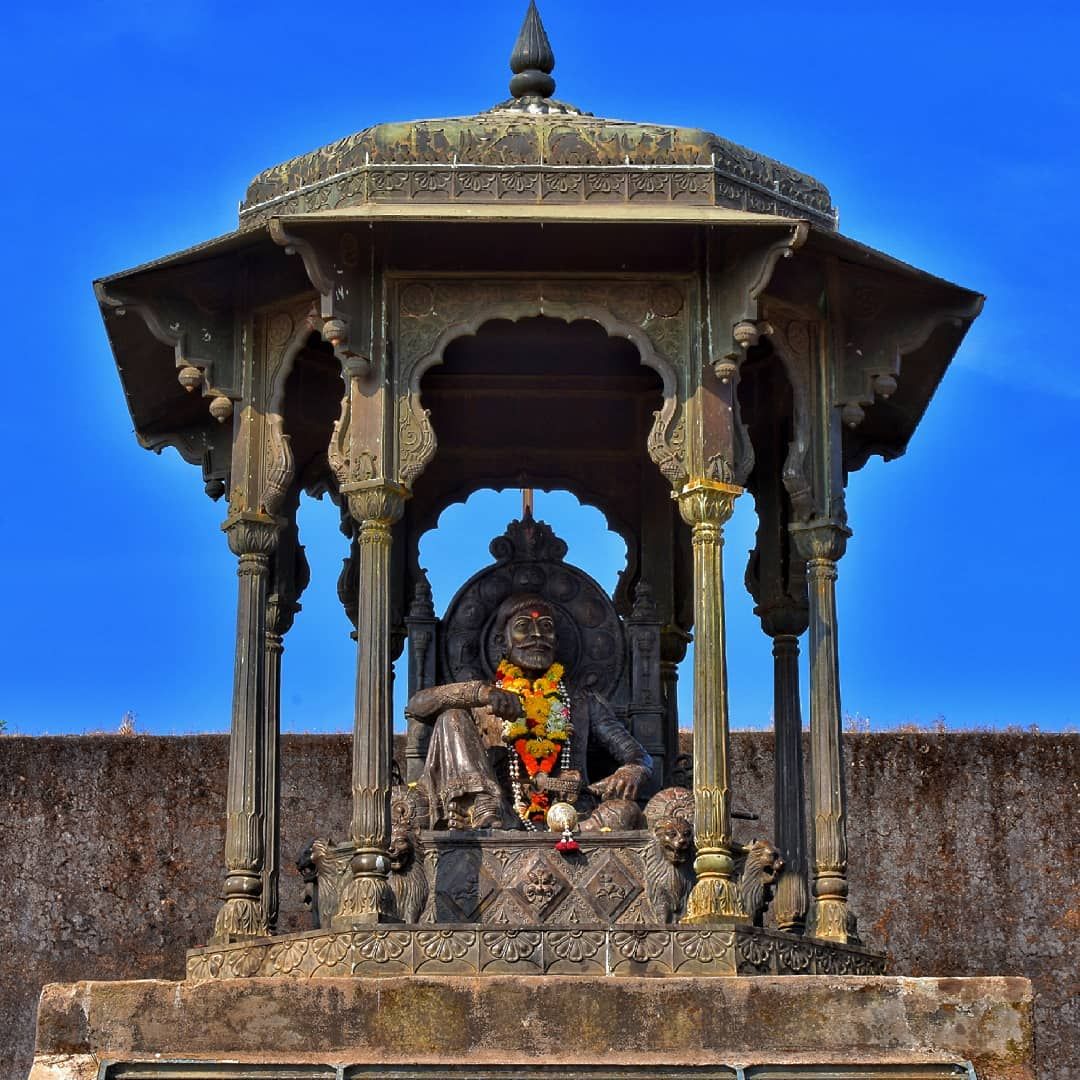
Shivaji Raje Bhosale (19 February 1630 – 3 April1680), also referred to as, Chhatrapati Shivaji Maharaj, was an Indian ruler and a member of the Bhonsle Maratha clan. Shivaji carved out his own independent kingdom from the declining Adilshahi sultanate of Bijapur that formed the genesis of the Maratha Empire. In 1674, he was formally crowned the Chhatrapati of his realm at Raigad Fort.
Birth of Chhatrapati Shivaji Maharaj
Chhatrapati Shivaji Maharaj was born at the fort on 19 February 1630 (some accounts place it 1627), and spent his childhood there. Inside the fort is a small temple dedicated to the goddess Shivai Devi, after whom Shivaji was named. The English traveller Fraze visited the fort in 1673 and found it invincible. According to his accounts, the fort was well-stocked to feed thousand families for seven years. The fort came under the control of the British Rule in 1820 after the Third Anglo-Maratha War. In 2021, it was added to the tentative list of the UNESCO World Heritage sites as part of "Serial Nomination of Maratha Military Architecture in Maharashtra"
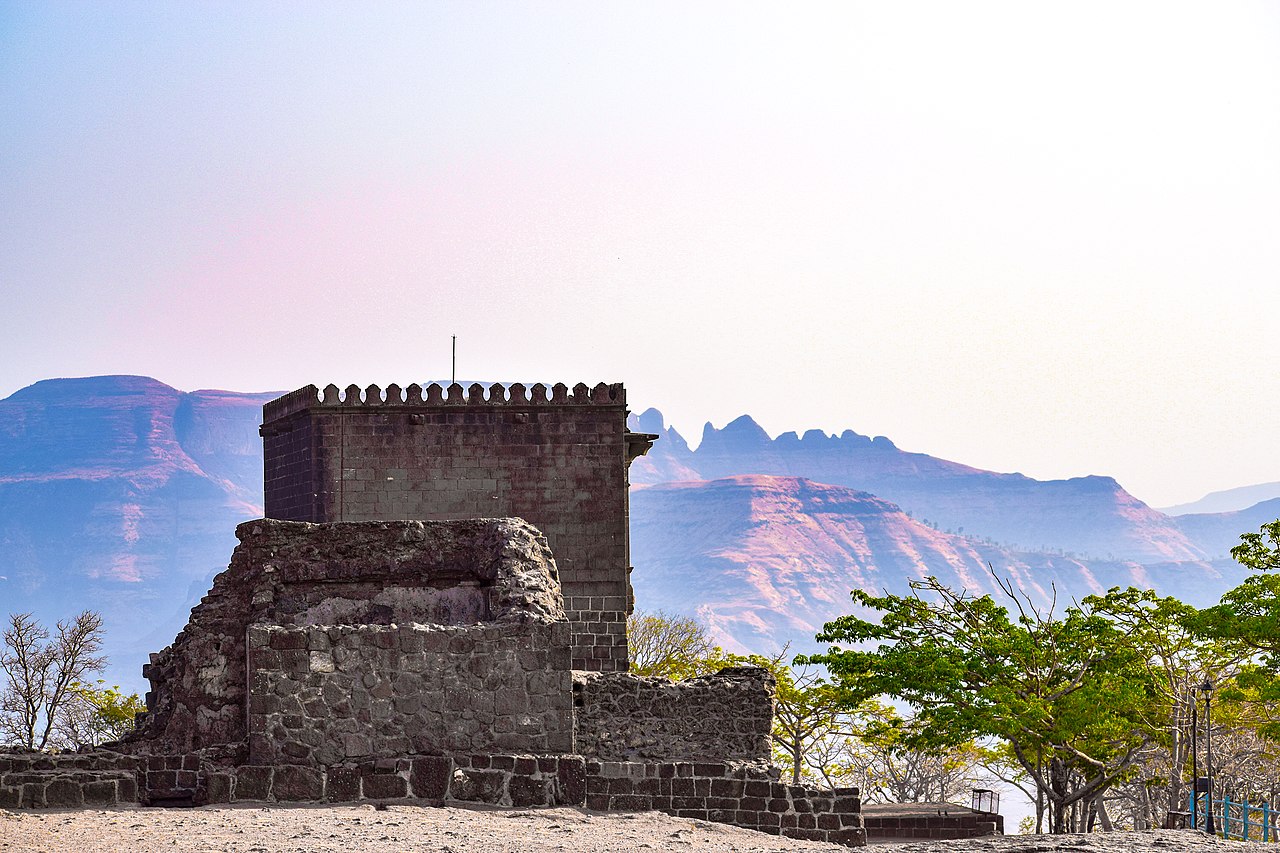
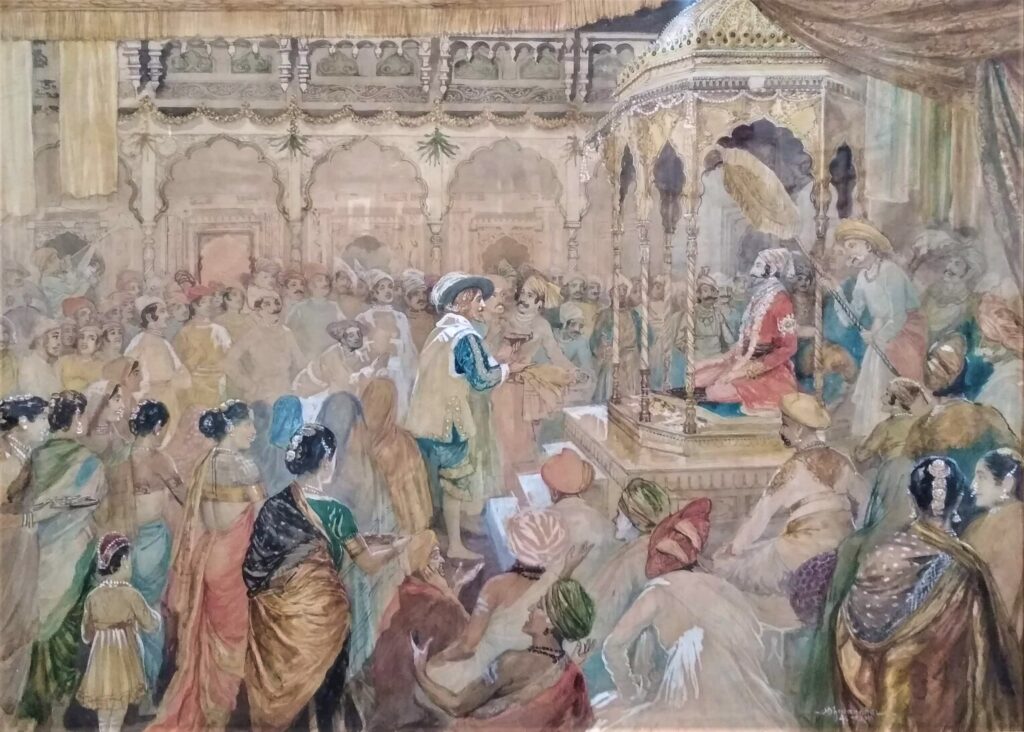
Coronation Ceremony
The preparation for the proposed coronation began in 1673. However, some controversial problems delayed the coronation by almost a year. Controversy erupted amongst the Brahmins of Shivaji's court: they refused to crown Shivaji as a king because that status was reserved for those of the kshatriya (warrior) varna in Hindu society.Shivaji was descended from a line of headmen of farming villages, and the Brahmins accordingly categorised him as being of the shudra (cultivator) varna. They noted that Shivaji had never had a sacred thread ceremony, and did not wear the thread, which a kshatriya would. Shivaji summoned Gaga Bhatt, a pandit of Varanasi, who stated that he had found a genealogy proving that Shivaji was descended from the Sisodias, and thus indeed a kshatriya, albeit one in need of the ceremonies befitting his rank. To enforce this status, Shivaji was given a sacred thread ceremony, and remarried his spouses under the Vedic rites expected of a kshatriya.
Chhtrapati Shivaji Maharaj Mode Of Warfare
Chhtrapati Shivaji Maharaj maintained a small but effective standing army. The core of Shivaji's army consisted of peasants of the Maratha and Kunbi castes. Shivaji was aware of the limitations of his army. He realised that conventional warfare methods were inadequate to confront the big, well-trained cavalry of the Mughals which was equipped with field artillery. As a result, Shivaji adopted guerilla tactics which became known as 'Ganimi Kawa'. Shivaji Maharaj was a master of guerrilla warfare. His strategies consistently perplexed and defeated armies sent against him. He realized that the most vulnerable point of the large, slow-moving armies of the time was supply. He utilised knowledge of the local terrain and the superior mobility of his light cavalry to cut off supplies to the enemy. Shivaji Maharaj refused to confront in pitched battles. Instead, he lured the enemies in difficult hills and jungles of his own choosing, catching them at a disadvantage and routing them. Shivaji Maharaj didn't stick to a particular tactic but used several methods to undermine his enemies as required by circumstances, like sudden raids, sweeps and ambushes and use of psychological pressure.
